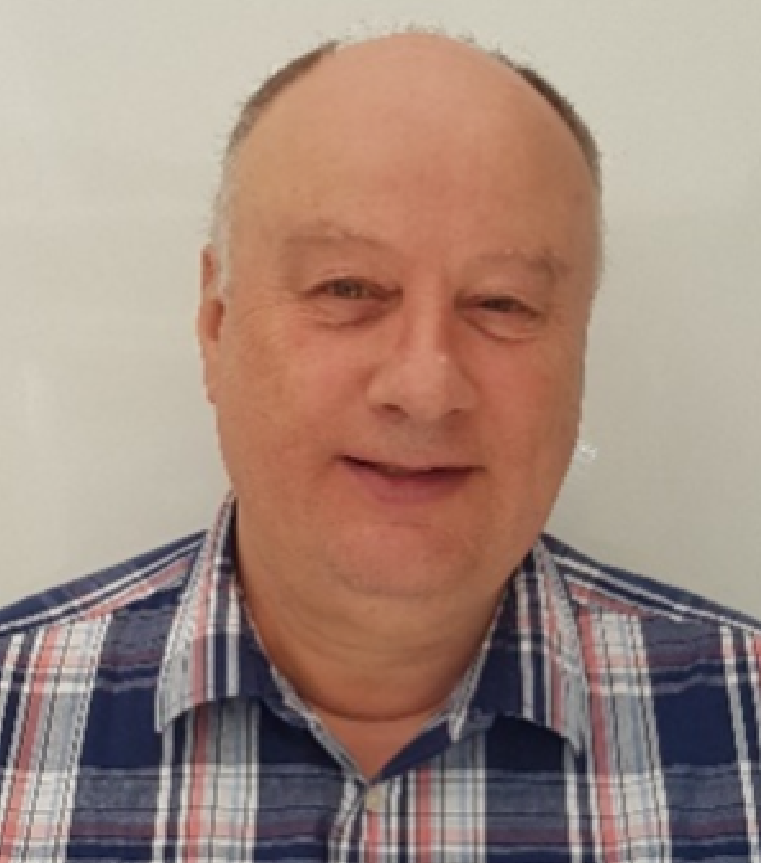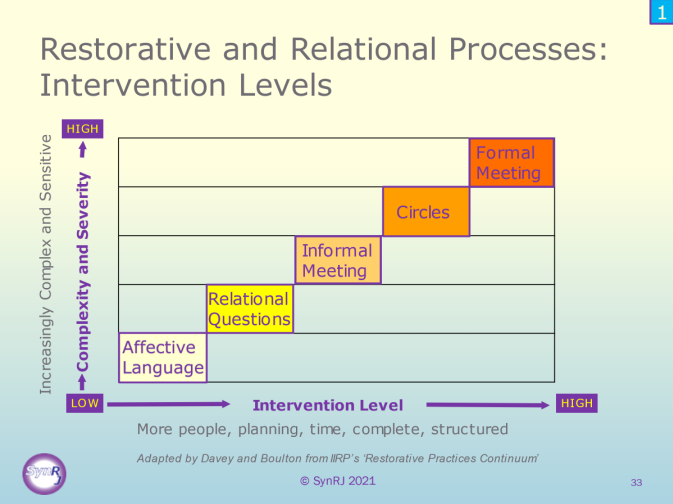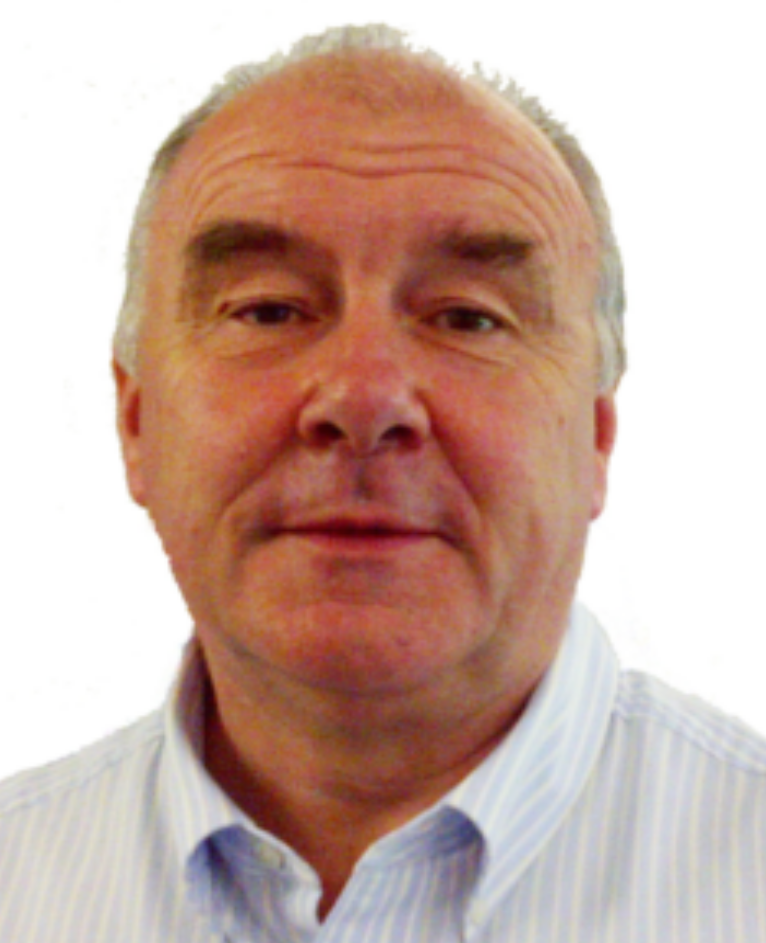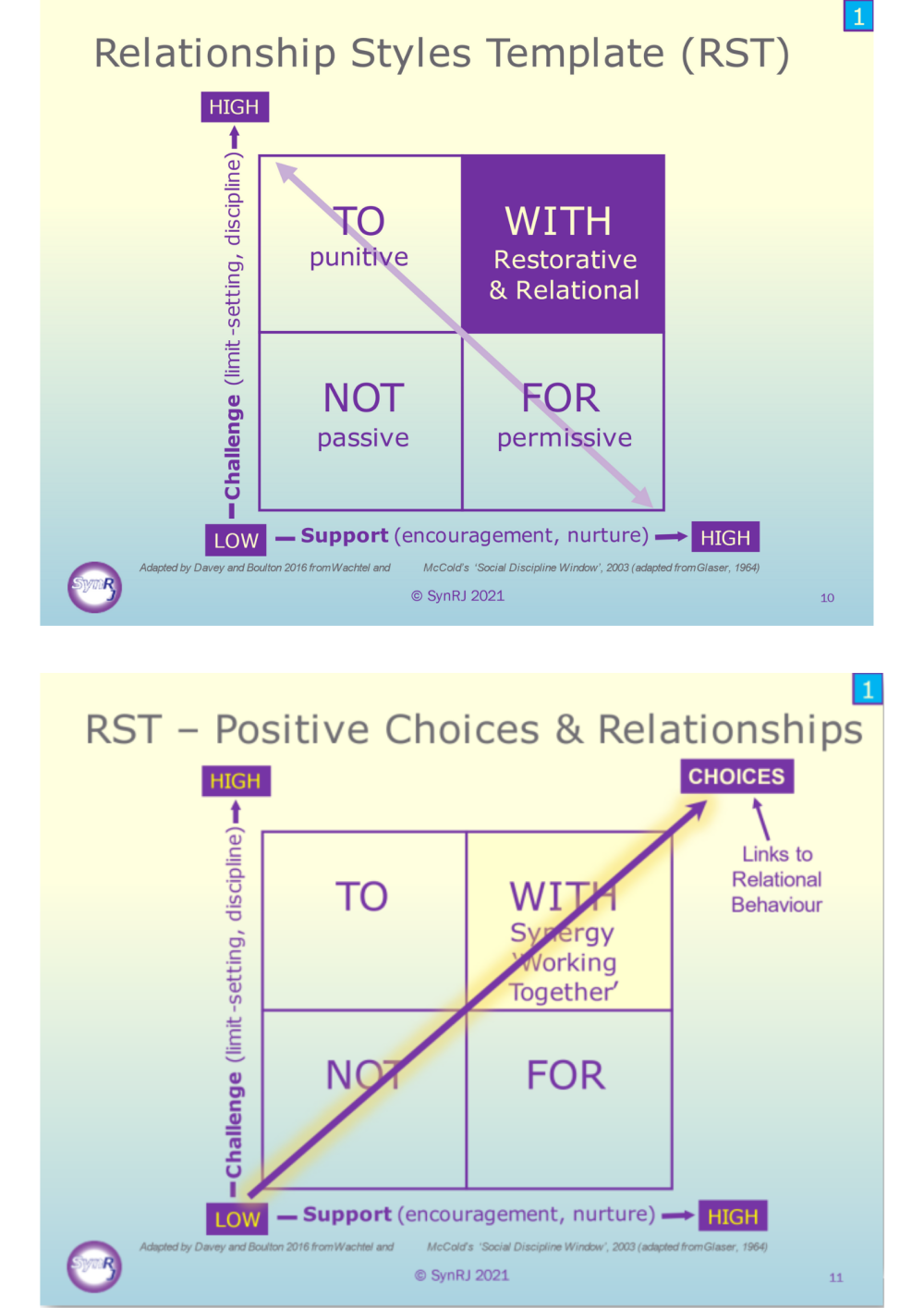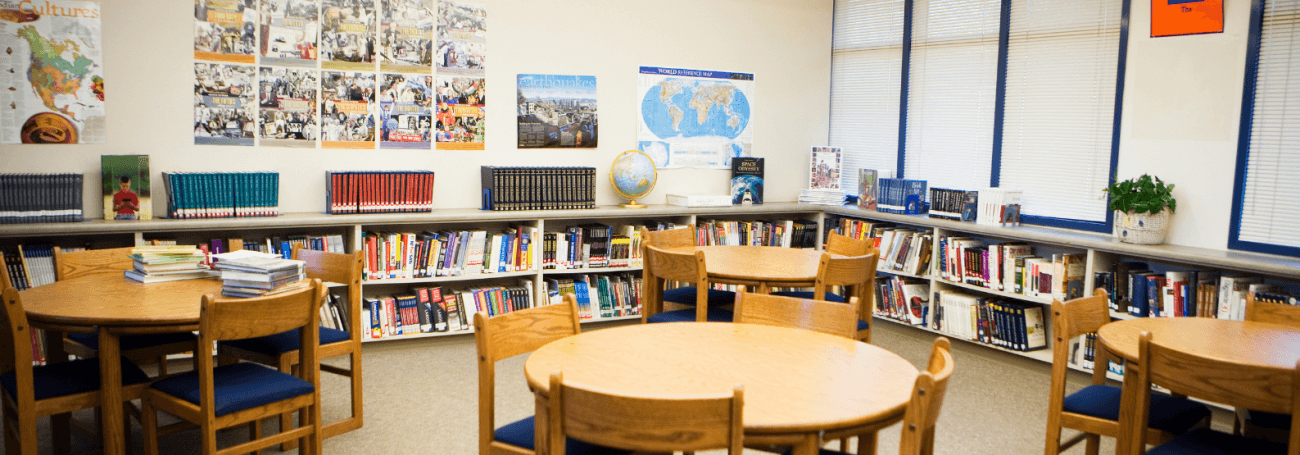
In 2017 IIRP (Europe) and SynRJ were pleased and excited to be approached to join the RESTORE Project, an Erasmus+ funded programme that aimed to ‘develop safer and more positive school climate through restorative practices.’ There were Partner organisations from six countries:
- Ligand (Coordinator) (Belgium)
- International Institute for Restorative Practices (IIRP) Europe (the UK affiliate closed in 2021 and training is now carried out by SynRJ)
- Le Souffle (Belgium)
- Mairie de Lille (France)
- CRESM (Italy)
- Asociatia de dezvoltare intercomunitara zona metropolitana — Cluj (Romania)
- Eigen Kracht Centrale (Netherlands).
The aim of this project was to create an implementation plan for Restorative Practice (RP) training that could be used by any organisation, anywhere in Europe. An idea that quickly proved to be both complex and difficult.

